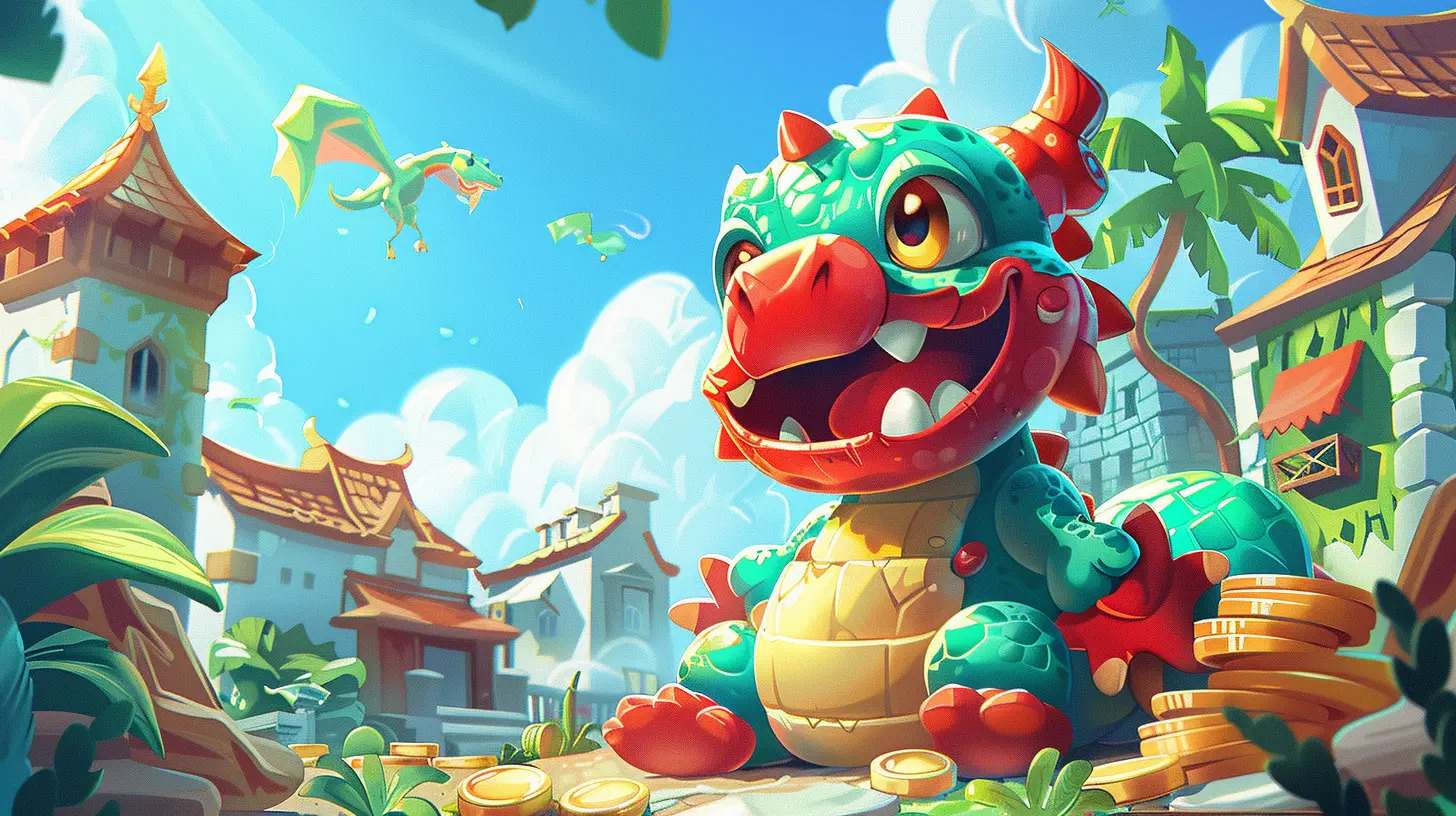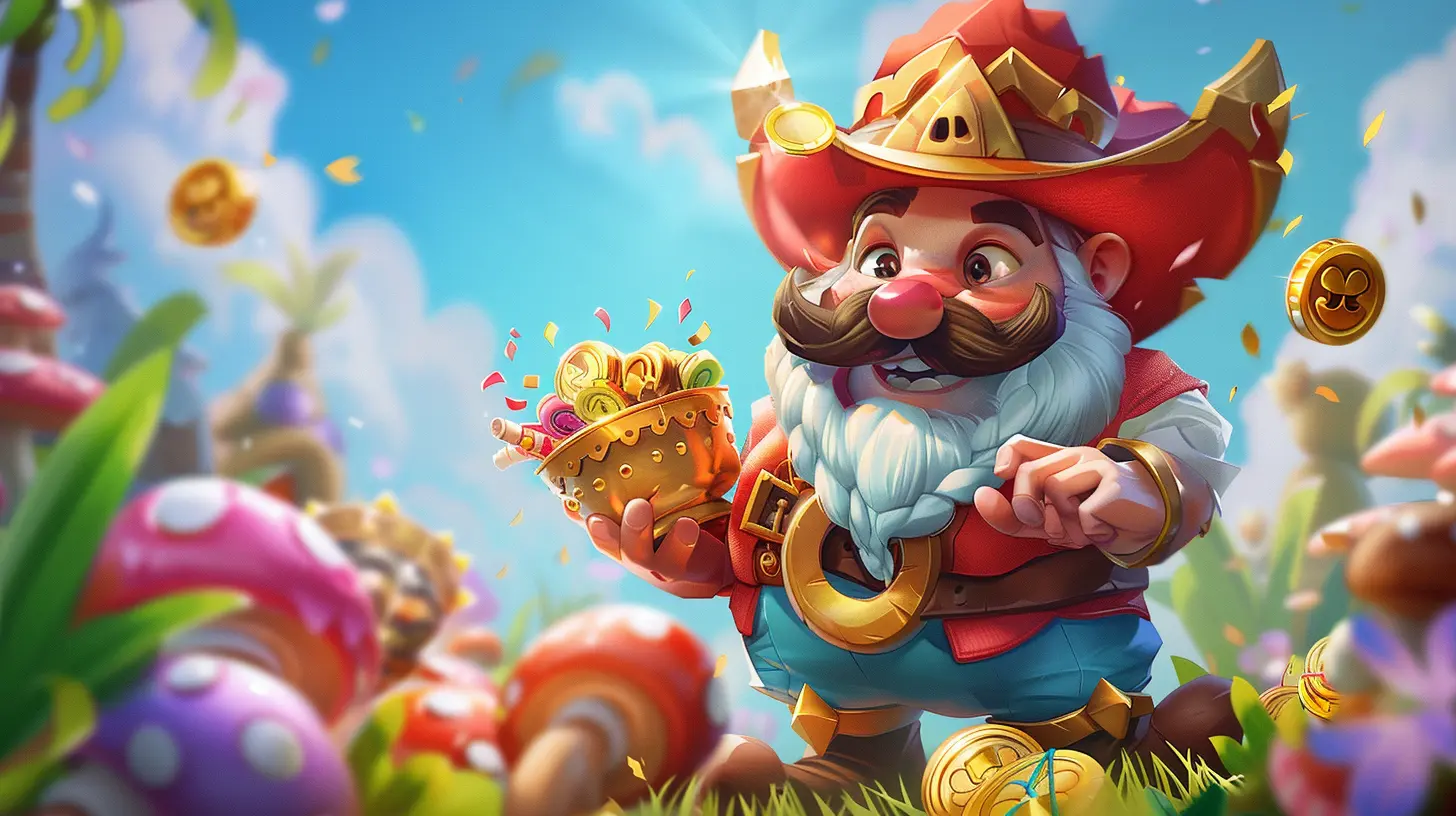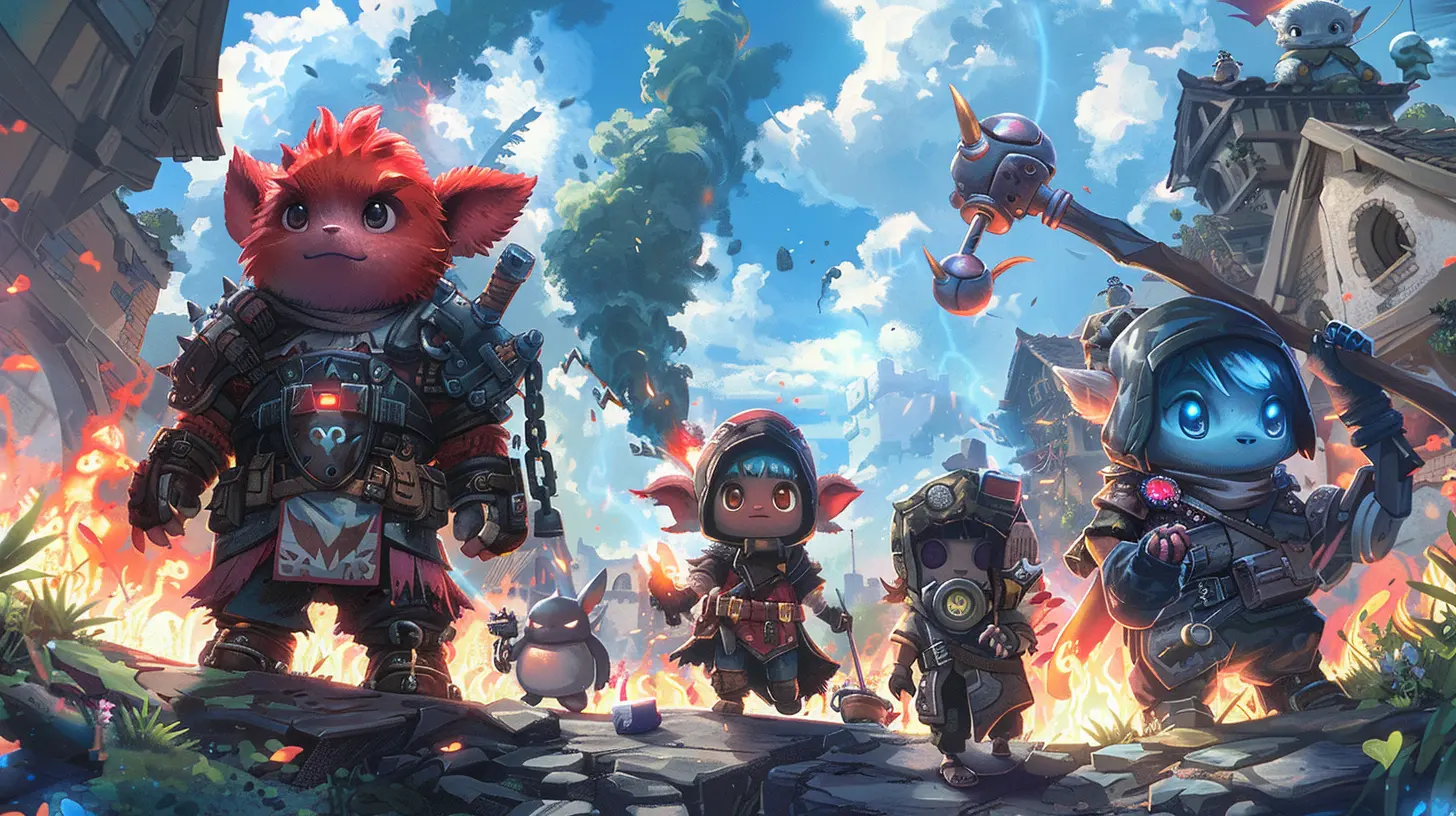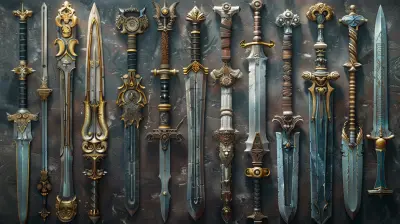How Mobile Games are Driving the In-Game Purchase Boom
9 August 2025
Ever find yourself glued to your phone, fully immersed in a mobile game, only to realize you're just seconds away from purchasing something in the game? Maybe it’s an extra life or a shiny skin for your character. That’s the power of in-game purchases, and they’re booming like never before. Mobile games have become the MVPs of this trend, and let me tell you, they’ve cracked the code to keep us all hooked.
In this article, we’re diving deep into how mobile games are driving the in-game purchase craze. From clever game design to irresistible psychology tricks, mobile games have found a way to make spending money feel effortless. Let’s break it all down!
What Are In-Game Purchases?
Alright, first off, let’s clear the air. In-game purchases, also called microtransactions, are those sweet add-ons you can buy within a game. These can be anything from cosmetic upgrades (think character outfits, weapon skins) to functional boosts (extra lives, power-ups, or new levels).And here’s the kicker: most mobile games are free-to-play. You don’t have to spend a dime to download them, but once you’re in, there’s a smorgasbord of extras just begging for your attention—and your wallet. This "freemium" model (free + premium) is the secret sauce that’s fueling the in-game purchase boom.
The Science Behind Why We’re Hooked
Why do we keep spending money on these tiny digital rewards? The answer lies in psychology. Mobile game developers have essentially turned our brains against us. Let me explain.1. The Dopamine Rush
You know how good it feels to level up or beat an impossible boss fight? That’s dopamine at work. Mobile games are masters of dishing out small, frequent rewards that keep your brain craving more. And when progress gets tough, guess what? You’re offered a shortcut—available for purchase, of course.2. FOMO (Fear of Missing Out)
Ever seen a limited-time offer in a game and suddenly felt an urgent need to buy it? That’s FOMO. Developers use scarcity tactics like countdown timers to make you feel like you’ll miss out on something amazing if you don’t act fast.3. Customization and Ownership
There’s just something about customizing our avatars or getting exclusive items that makes us feel special. Mobile games capitalize on this by offering cosmetic items that allow you to stand out. Think of it like buying clothes for your digital self—who doesn’t want to look cool, even in a virtual world?
The Rise of Mobile Gaming
So, why are mobile games the ones driving this trend? Simple: accessibility. You and I both have smartphones, right? Mobile games are just a tap away, and with over 3 billion smartphone users worldwide, the potential audience is massive.1. Always Within Reach
Unlike console or PC gaming, mobile gaming doesn’t require any extra gear. You can play on-the-go, in bed, or while waiting at the dentist’s office (we’ve all been there). This constant availability makes it easier for players to spend a few minutes—and a few bucks—in a game.2. Casual Gaming Appeal
Mobile games are designed for everyone. You don’t need to be a hardcore gamer to enjoy titles like Candy Crush or Clash Royale. Their simple, pick-up-and-play nature means anyone can join the fun—and potentially make a purchase.
How Game Developers Monetize Smartly
Here’s where things get really clever. Developers don’t just slap a price tag on items and call it a day. They use carefully crafted strategies to maximize revenue.1. Freemium Model with a Twist
Like I mentioned earlier, most mobile games are free to download. But the twist? They’re designed to create a need for in-game purchases. For instance, games often start easy and gradually get harder, nudging you to spend money on power-ups or extra attempts.2. Seasonal Events and Battle Passes
Games like PUBG Mobile or Fortnite roll out seasonal content and battle passes, which offer exclusive rewards for a limited time. These features not only keep the game fresh but also incentivize players to spend regularly.3. Gacha Mechanics
Ever heard of gacha games? They’re like digital slot machines where you “pull” for random rewards. The thrill of potentially scoring a rare item makes players keep spending, and it’s proven to be wildly effective in games like Genshin Impact.The Revenue Stats Speak Volumes
To say mobile games are making cash is an understatement. The global mobile gaming market was valued at over $100 billion in 2022, and in-game purchases account for a huge chunk of that. According to research, around 55% of mobile gamers have spent money on in-app purchases.What’s even crazier? Some players, known as "whales" in the gaming industry, spend thousands of dollars in a single game. In fact, these whales often make up the majority of a game’s revenue.
Are Players Happy About It?
Not everyone’s a fan of in-game purchases. For some, they feel exploitative—like developers are milking their players for every last penny. Others argue that as long as purchases are optional and don’t affect gameplay (i.e., they’re purely cosmetic), it’s a fair trade-off for a free game.But regardless of where you stand, one thing is clear: in-game purchases aren’t going anywhere anytime soon.
The Future of In-Game Purchases
As mobile games continue to evolve, so will their monetization strategies. We’re already seeing augmented reality (AR) games like Pokémon GO and live multiplayer experiences becoming the norm. Imagine buying virtual furniture for your AR home or renting out concert tickets for VR events—all through a mobile game.Another trend on the horizon? Blockchain-based games where in-game items have real-world value. These games, powered by NFTs and cryptocurrencies, could open up a whole new world of spending (and earning) possibilities.
Wrapping It Up
So, there you have it—mobile games have practically mastered the art of getting us to open our wallets. By combining clever design, psychological triggers, and the sheer convenience of smartphones, they’ve turned in-game purchases into a multi-billion-dollar industry.Sure, not everyone’s thrilled about it, but for many, spending a few bucks here and there is worth the entertainment and satisfaction it brings. Whether you’re a casual player or a dedicated gamer, there’s no denying the impact mobile games have had on the way we think about spending in the digital age.
all images in this post were generated using AI tools
Category:
In Game PurchasesAuthor:

Leandro Banks
Discussion
rate this article
2 comments
Meredith McIntire
Mobile games have transformed the gaming landscape, turning casual play into a lucrative ecosystem through in-game purchases. This shift raises questions about the balance between monetization and player experience. As developers prioritize profit, we must consider how this impacts creativity and the integrity of gaming itself.
November 12, 2025 at 3:45 AM

Leandro Banks
You're right; the rise of in-game purchases in mobile games has indeed sparked a debate about monetization versus player experience. While it boosts revenue, it can also stifle creativity and diminish the integrity of gaming. It's crucial for developers to find a balance that prioritizes both profit and player satisfaction.
Hannah Walker
Great article! It’s amazing how mobile games are not just entertaining us but also reshaping the gaming economy. In-game purchases open up so many fun possibilities and creativity for players and developers alike. Keep leveling up that enthusiasm; the gaming world is just getting started! 🎮✨
August 18, 2025 at 4:26 AM

Leandro Banks
Thank you! I appreciate your insights on the evolving gaming economy and the creative potentials of in-game purchases. Exciting times ahead! 🎮✨


